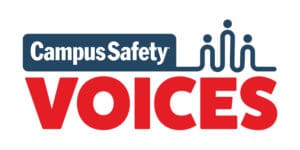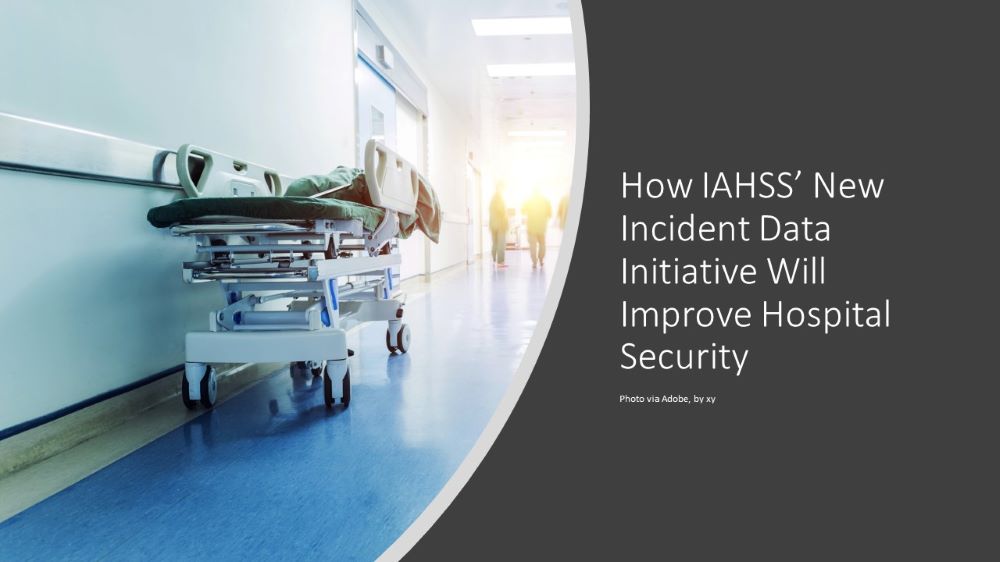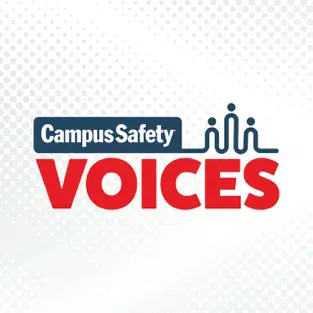One of the best ways to convince healthcare facility leadership of the need for a security, emergency management, or life safety system upgrade or change is to provide examples and data from other similar types of campuses of the success or failure of a particular type of technology, policy, or solution.

Campus Safety Voices, available on Spotify and Apple streaming platforms, features timely conversations on a wide range of topics affecting K-12 schools, institutions of higher education, and healthcare facilities.
However, when it comes to healthcare protection, there currently isn’t much data available that can prove or disprove that a solution or strategy works. More often than not, a hospital security director must ask for a particular improvement without much evidence. And unfortunately, despite his or her extensive experience and expertise, a director saying “trust me” doesn’t always convince hospital executives to go along with their suggestions.
That’s why the International Association for Healthcare Security and Safety (IAHSS) has released three new publications. They are the New Guidelines on Incident Categories and Data Analysis, the IAHSS Healthcare Security Incident Category Framework, and the Healthcare Security Glossary of Terms.
These documents lay the foundation for a more standardized and consistent approach to the collection and categorization of incidents.
The goal of IAHSS publishing these documents is to improve hospitals’ abilities to compare incident data from facility to facility while driving evidence-based decisions that support the maintenance of a safe environment, the implementation of best practices, the growth of security program initiatives, and the implementation of safety and security-related mitigations.
To help us make sense of all of this, Campus Safety Editor-in-Chief Robin Hattersley interviewed Tony York, who is executive vice president of Paladin Security and PalAmerican Security. He’s also past IAHSS president and board member, and he helped develop these guidance documents.
In this interview, Tony addresses the following topics:
- A detailed explanation of the New Guidelines on Incident Categories and Data Analysis, the IAHSS Healthcare Security Incident Category Framework, and the Healthcare Security Glossary of Terms: 2:29
- Why the healthcare security community needs a consistent approach to the collection and categorization of security incidents: 5:17
- Why healthcare security executives need the ability to make apples-to-apples comparisons of incident data among different facilities, and how this helps healthcare executives and their organizations as a whole: 6:57
- Why already-overworked healthcare security professionals who are concerned that adopting this guidance will be a lot of hard work should put in the extra effort to adopt this guidance: 13:56
- Healthcare facility information confidentiality: 14:55
- Examples of how a healthcare security executive could down the road use this data to make the case for improved security at his or her organization: 16:40
For more information on the guidance, visit IAHSS.org.
Watch our full interview here or listen on the go on Apple or Spotify.









